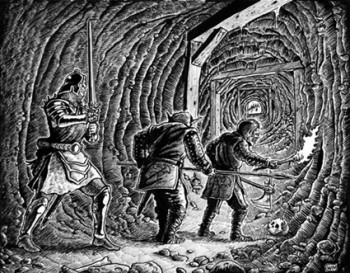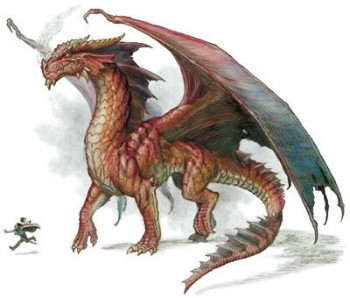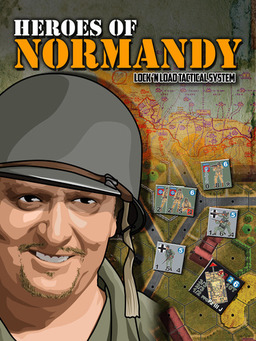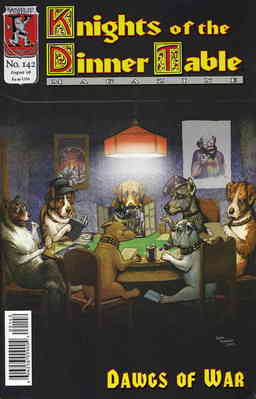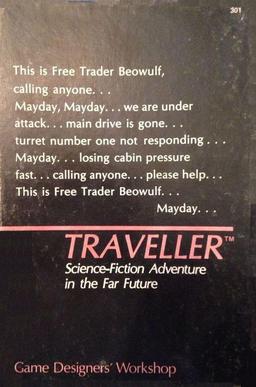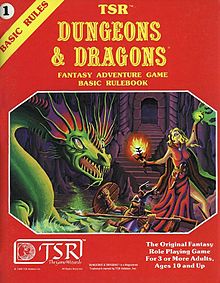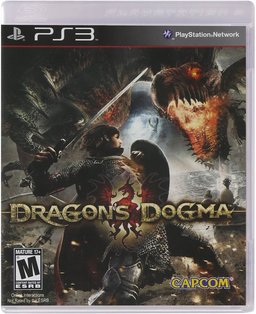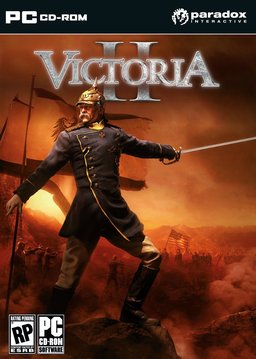Modular: Rethinking the OSR through Modiphius’s Conan – Adventures in an Age Undreamed Of
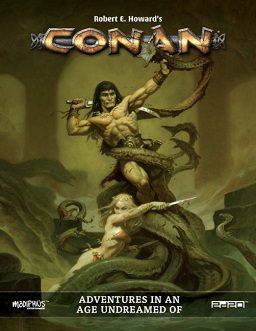 Well, many of you don’t need to be told that Mophidius’s Conan: Adventures in an Age Undreamed Of is out. Well, maybe it’s not quite out: for those of us who require a hard copy, word is it won’t be shipping until sometime in June. But backers and shoppers now have access to PDF copies of the Conan Core Book and a collection of adventures entitled Jeweled Thrones of the Earth.
Well, many of you don’t need to be told that Mophidius’s Conan: Adventures in an Age Undreamed Of is out. Well, maybe it’s not quite out: for those of us who require a hard copy, word is it won’t be shipping until sometime in June. But backers and shoppers now have access to PDF copies of the Conan Core Book and a collection of adventures entitled Jeweled Thrones of the Earth.
I became a backer quite late in the game. Indeed, it couldn’t have been much more than a month ago. I’m not sure why I was late. I’m almost certain I looked at the Kickstarter when it was announced but probably initially passed it over because I assumed that so much of the Conan material probably was done “better” (as in open to additional literary inspirations) in the “conventional” rpgs (D&D and its clones) with which most of us already are familiar.
Curiosity is what made me change my mind. Modiphius was offering free “Quick Start” rules in PDF form. I downloaded them and read them all, including the introductory adventure. Contrary to what some others on this site have reported, I was absorbed and excited by the rules set. I didn’t run the adventure because, well, I write my own adventures. And, outside of egotism, the main reason I don’t run other people’s adventures is because I can’t see how most of them can work. At one point in the introductory “To Race the Thunder” adventure, it reads,
With no hope of joining or rescuing the forces inside the fort, the player characters’ only hope is to strike out to the settlements, to warn the settlers, gathering them and helping them across the Thunder River to safety. The banks of the Thunder River are their only hope at this point, else they will all end up as corpses, cooling as their life-blood sinks into the black and hungry earth.
Are you kidding me? If my players are told they can’t possibly get into the fort, you can be certain that that is the one and only thing they obsessively will try. And with me as GM, they very likely will succeed.
And with that observation, I have come to the thesis of this article: rethinking the OSR in light of what I have learned from reading the new Conan RPG. The OSR, as many of us need not be told, stands for Old-School Renaissance (or Revival, or Roleplaying). And I am fascinated and excited by it. For the few of us who don’t know already, broadly speaking the OSR names a movement in the tabletop rpg industry that is regressive, perhaps nostalgic, a return to iterations of D&D that were popular before the third edition (or d20 system) of the rules. This return was facilitated by “retroclones” made legal under the Open Game License. Examples of retroclones are Swords & Wizardry, Castles & Crusades, Dungeon Crawl Classics and a host of others that might be impossible to enumerate. And to add to this OSR, players no longer need “return” to revised versions of the old rules but can purchase the actual old rules outright from Wizards of the Coast, because the latest owner of the D&D property now has released virtually its entire back stock in PDF and print form.
